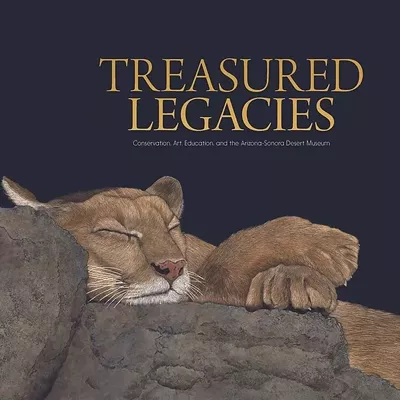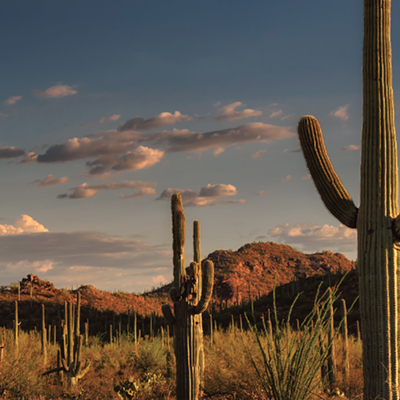As the Las Vegas hotel-casino industry begins to shed thousands of jobs in light of increasingly glum financial news, flipping through the pages of Portland State University professor Carl Abbott's How Cities Won the West: Four Centuries of Urban Change in Western North America poses a serious question: Will the West survive? Or will a deepening recession wipe away the Strip courtesy of God's resource-starved, subprime-bleeding, hospitality-dependent hand?
Whatever the outcome, it's amazing a place like Vegas exists. Like Phoenix, Vegas expanded at a truly mind-boggling rate in spite of its remote location. A glorified railroad stop, the town started out as a spot for Boulder Dam construction workers to blow off steam. But with the advent of air conditioning, Cold War-era defense contracts and mobsters looking to expand their operations, the city drew a wide range and large numbers of people.
Moreover, according to Abbott, it was the collaborative, creative power of cities, not any pioneering Daniel Boone types, that fueled settlement and economic growth across the Western half of North America. Indeed, three themes run throughout How Cities Won the West: first, the notion that many of these boomtowns positioned themselves as points of contact, "where railroad and shipping lines converged from resource hinterlands on one side and fanned out again to national and world markets." Second, the population surge inevitably "rebalanced" people, and by turn production, in the West's favor. Third, these cities matured by initially imitating Eastern cosmopolitan areas until dominating in their own right--and on their own terms.
This latter point is well-related in a chapter titled "Building a West of Cities, 1840-1940," in which Abbott includes interesting visual aids, namely chamber of commerce-style pamphlets from the cities of Fort Worth, Texas, and Portland, Ore., aching to present themselves as bearing more than a passing resemblance to Chicago and New York, respectively.
There were many factors contributing to the booms, from a newly installed Federal Reserve banking system in 1914 to "a jelling urban system" that seemed to act as "a prod to mobility." And just as there were booms, there were also busts, with Abbott delineating, primarily in the chapter "Across the Wide Mississippi," how certain challenges impacted those cities longing to be economic gateways to the rest of the country.
In sum, the overwhelming economic opportunities of the West launched its inevitable rise. But Abbott never props up the myth that this side of the country was free of race, gender or labor issues. On the matter of the incredible explosion of Chinatowns in places like Portland and San Francisco:
Police could stand foursquare for virtue by raiding fan-tan rooms and opium parlors while ignoring the far more numerous gambling joints and saloons with white customers. Tour guides in San Francisco manipulated a narrative of danger and depravity, leading visitors on misleading rambles through Chinatown basements and hiring local residents as fake denizens of opium dens. In its own way, such racist adventure fiction served as a draw to life and commerce in the big city.
Tucson pops up throughout, with Abbott stressing the city's reputation for pulmonary improvement. For instance:
Resort hotels in the mountains above Tucson competed for the same (tubercular) clientele, helped with publicity by writer Harold Bell Wright, who extolled the city's benefits in his essay "Why I Did Not Die." Health seekers who arrived in Tucson without money made do with a tumbledown suburb of tents and shacks scattered north of the University of Arizona campus. "As one walked along the dark streets, he heard coughing from every tent," one Tucsonan recalled from his boyhood in Tentville. "It was truly a place of lost souls and lingering death."
The mining industry is covered in the chapter "Smokestack Frontiers," where Abbott mourns the clichéd travel writings that continually announced the overnight transformations of raw mining towns into gaudy boomtowns. The reader is also treated to chapters on how diversity, suburban expansion and (naturally) the military-industrial complex helped to catapult tiny gateway cities into full-blown metropolises.
Abbott is an academic, but for anyone searching for a complete and upbeat look at how the West was won--and what won it--there is no better explanation than How Cities Won the West.







